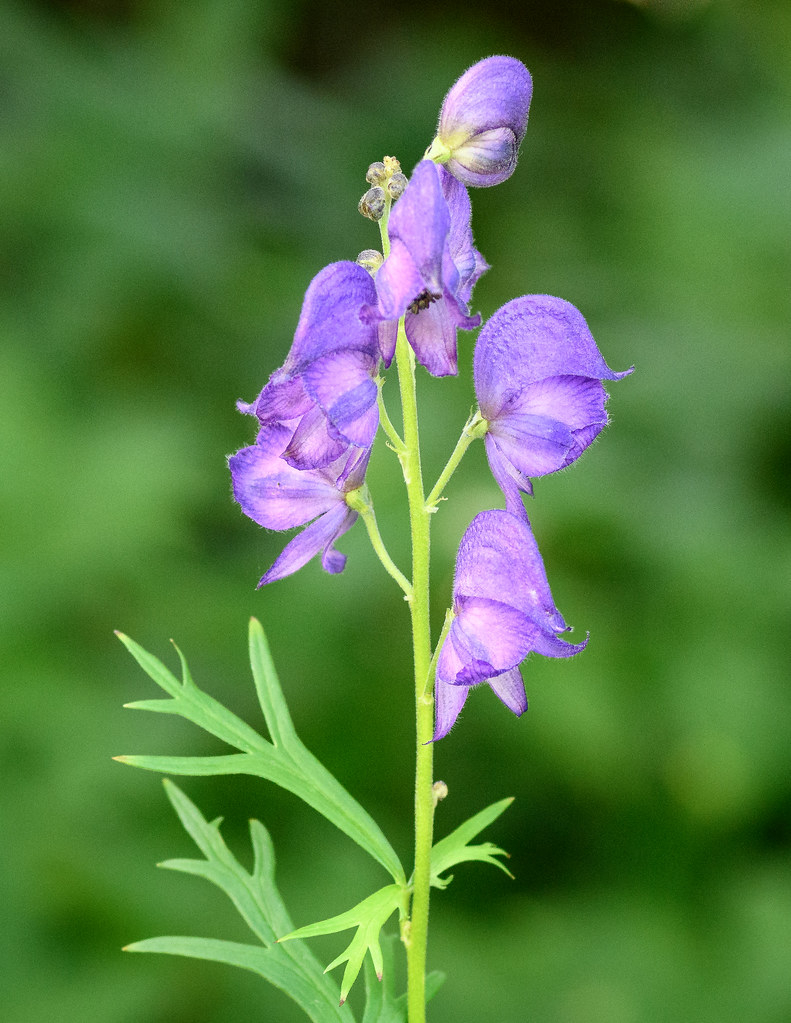Wolf’s bane
Wolf's bane, despite its name, kills without mercy. It is purportedly known by the scientific name Aconitum, which is derived from the Greek word for "dart," which was used to poison arrows to kill wolves. However, the Anglo-Saxons just knew it as thung, like any other plant that is extremely poisonous.
Wolf's bane consumption results in symptoms such as numbness in the mouth, nausea, vomiting, a weak pulse, breathing difficulties, and a sensation of things crawling on the skin. Aconitine is the poison that's at play. It's best kept away from the kitchen because Hecate created it from Cerberus's hell-foam.
Despite being often confused with horseradish, it scarcely needs the cover. Asian cultures devour the roots for their alleged medicinal properties. Even worse, the president of Kyrgyzstan suggested wolf's bane as a treatment for COVID-19, putting four of his supporters in the hospital.
It was formerly one of the poisons that the death-obsessed Pope Clement VII most dreaded. He was approached in 1524 by a doctor who had an all-purpose antidote to poison, which he tested on aconitine. He fed two convicts wolf's bane-laced marzipan cakes before giving one of them the cure, which was successful, and letting the other suffer till death. The delusional pontiff was later mercifully dispatched with death caps.









